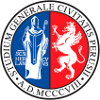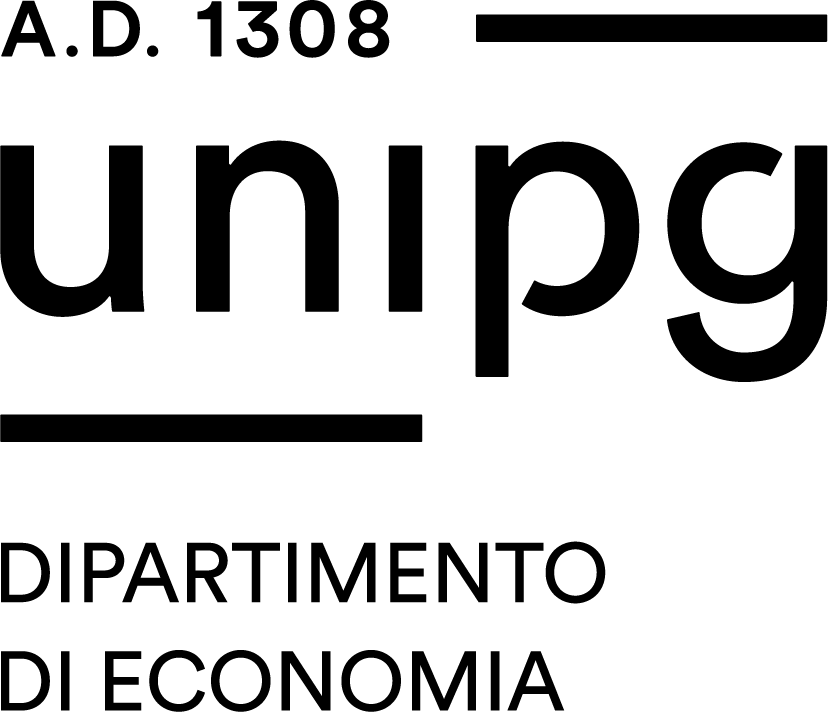| Course name |
Safety engineering for the territory and the built environment |
|---|
| Study-unit Code |
A000949 |
|---|
| Curriculum |
Territorio |
|---|
| Lecturer |
Vincenzo Pane |
|---|
| Lecturers |
|
|---|
| Hours |
|
|---|
| CFU |
6 |
|---|
| Course Regulation |
Coorte 2022 |
|---|
| Supplied |
2023/24 |
|---|
| Supplied other course regulation |
|
|---|
| Learning activities |
Caratterizzante |
|---|
| Area |
Ingegneria della sicurezza e protezione civile, ambientale e del territorio |
|---|
| Sector |
ICAR/07 |
|---|
| Type of study-unit |
Obbligatorio (Required) |
|---|
| Type of learning activities |
Attività formativa monodisciplinare |
|---|
| Language of instruction |
Italian |
|---|
| Contents |
Recall of mechanical and hydraulic characteristics of soils and rocks. Types of risks of historical sites. AGI classification of ground-monument system. Types of instability and damages. Main contents of the work : diagnosis, therapy, maintenance and preservation. Active and passive geotechnical works and their requirements. The role of monitoring. Presentation of different case histories. |
|---|
| Reference texts |
Lecture notes distributed by the professor. |
|---|
| Educational objectives |
Understand the role of geotechnical engineering for the preservation of monuments and historic sites. Undertsand the importance of historic study and investigation, the required level of knowledge. Know how to identify the main mechanisms of damage and their diagnosis. Learn the main techniques for strengthening, reinforcement and achievement of safety. |
|---|
| Prerequisites |
Basic knowledge of soil mechanics. |
|---|
| Teaching methods |
Lessons using blackboard and projector. |
|---|
| Other information |
Guided visit to work site. |
|---|
| Learning verification modality |
Oral exam (about 45 min) |
|---|
| Extended program |
Soil and rock behaviour: recall of main mechanical and hydraulic characteristics, lab and field tests. Different risks of historic sites : seismicity, volcanism, subsidence, landslides, erosion, floods. AGI (1991) classification of ground-monument system. Types of damages : fractures, settlements, deformations, collapse, rotations, weathering of materials. The three steps of work : diagnosis, therapy, maintenance. Diagnosis: historic investigation and study, survey, identification of damages and of their causes. Therapy : choice of the remedial measure, execution. Maintenance and preservation : control and monitoring, maintenance and additional works. Types of active and passive works and their requirements : underpinning, grouting, drainage, soil and rock improvement, reinforcement, controlled displacements. A comparative study of measures on different monuments and sites. Monitoring : objective, instrumentation. Different case histories in Italy and abroad. |
|---|


